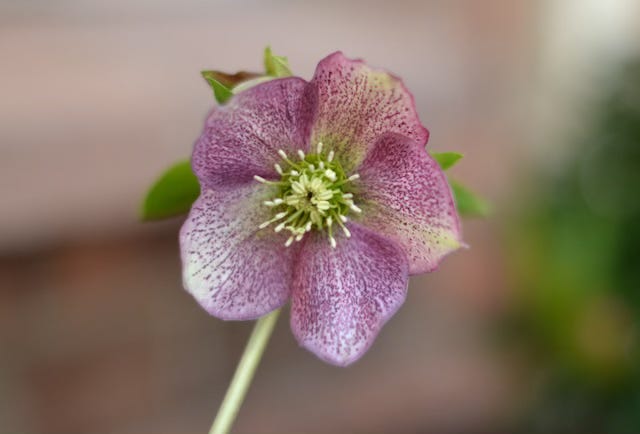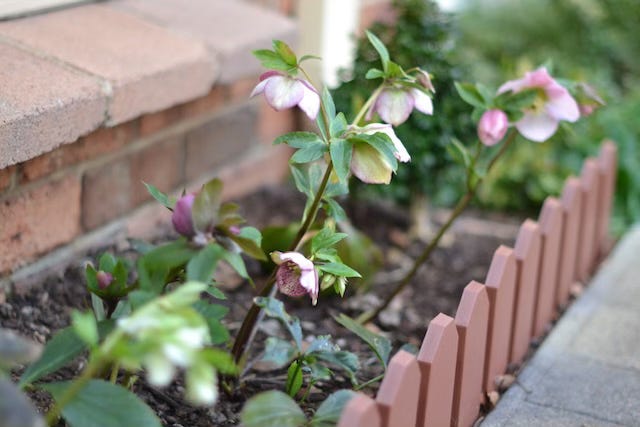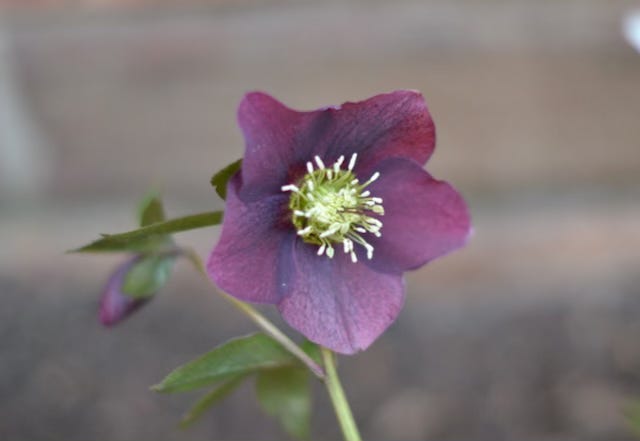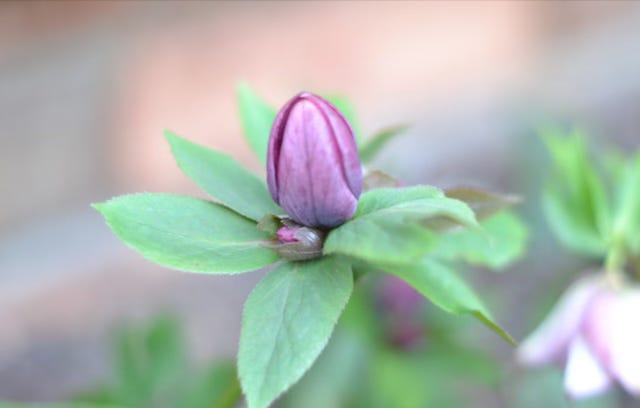Ode to Hellebores
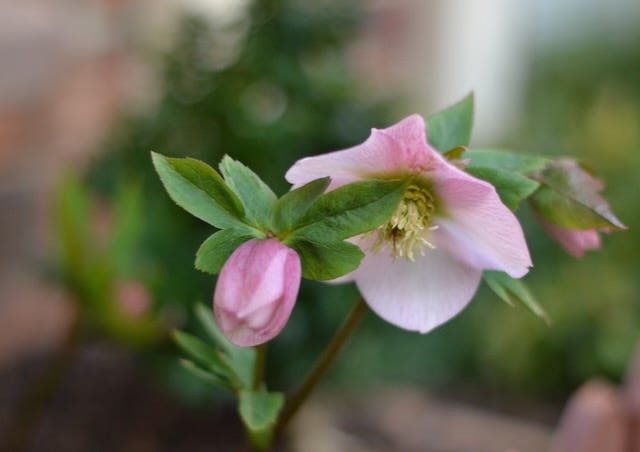
Hellebore: Such a dark and unattractive word for a bloom so bright and lovely; a flower that bears light in the winter gloom and brings much fascination to a garden bed. I’ve learnt recently that hell is the German word for bright, which I shall never make my peace with, but perhaps the Germans understand this flower.
I asked google why this awful name and was informed it originates from Greek, a combination of meaning ‘to injure or destroy’ and ‘food’ and ‘reflects the plants toxic nature’. So, they are toxic if you eat them, if you see a thing of beauty and attempt to make it useful to you.
But to name this flower for a toxic nature was a grievous error. They are an antidote to the world’s toxicity. Pay attention to flowers that bloom in winter, and many toxic things fade back to hell, where they belong.
And yet, in the realm of folklore, hellebores were also believed to possess protective powers, warding off malevolent spirits, repelling evil and sorcery. I am no believer in superstition, but pleased all the same to have a row of them as a barricade against harm along the front of my house.
Hellebores also thrive in the shade, which is why planted them along a southern wall. All things don’t need to dance in the sun to flourish. They hang their heads and keep the full extent of their beauty hidden from those who don’t bend down and gently lift them. I respect and honour them for this.


